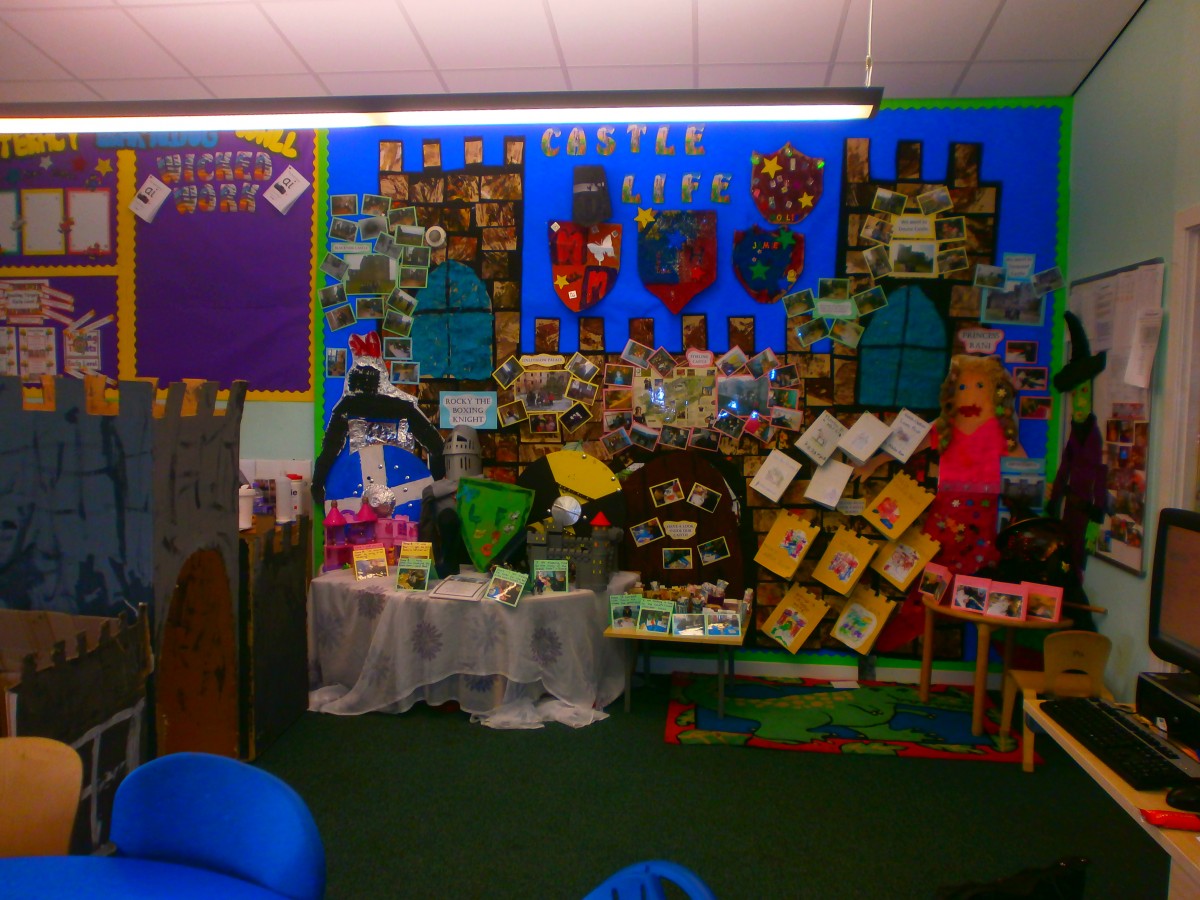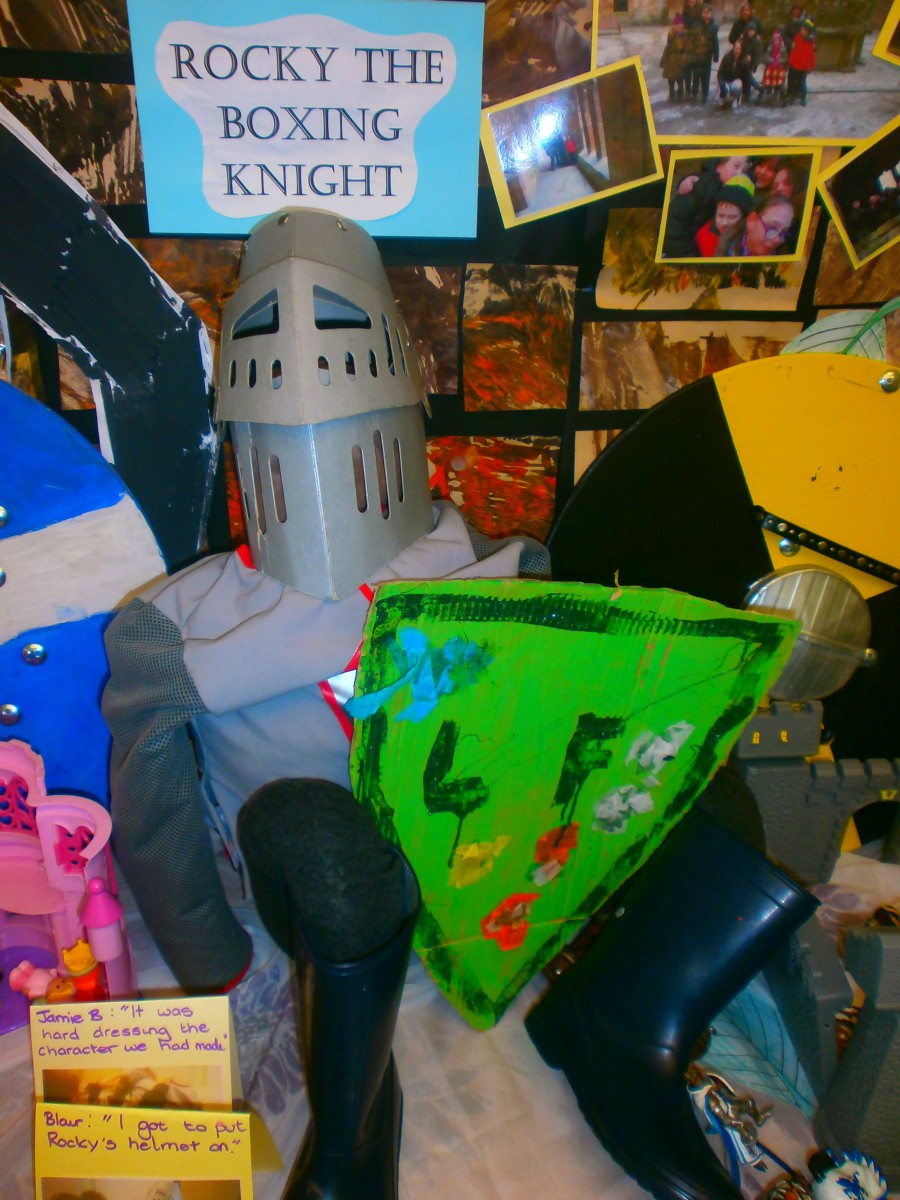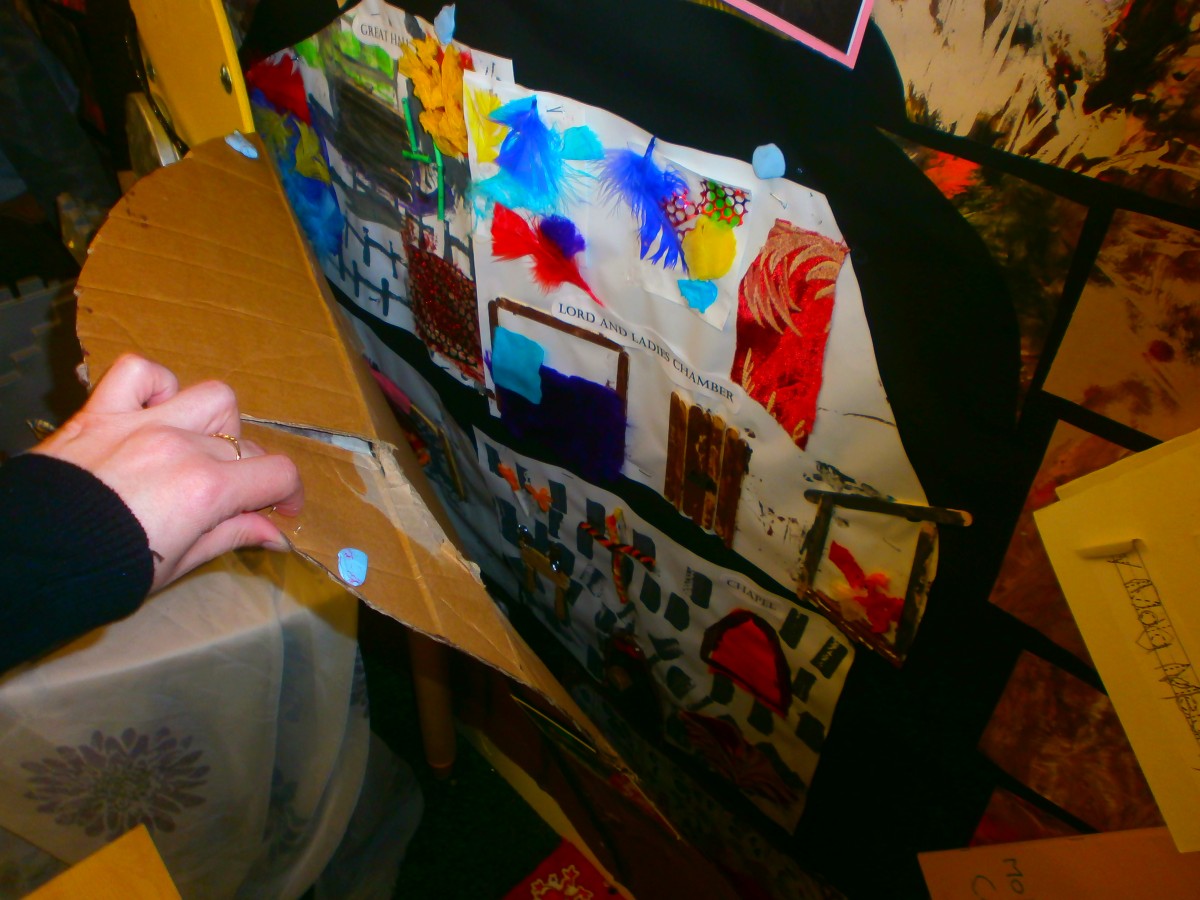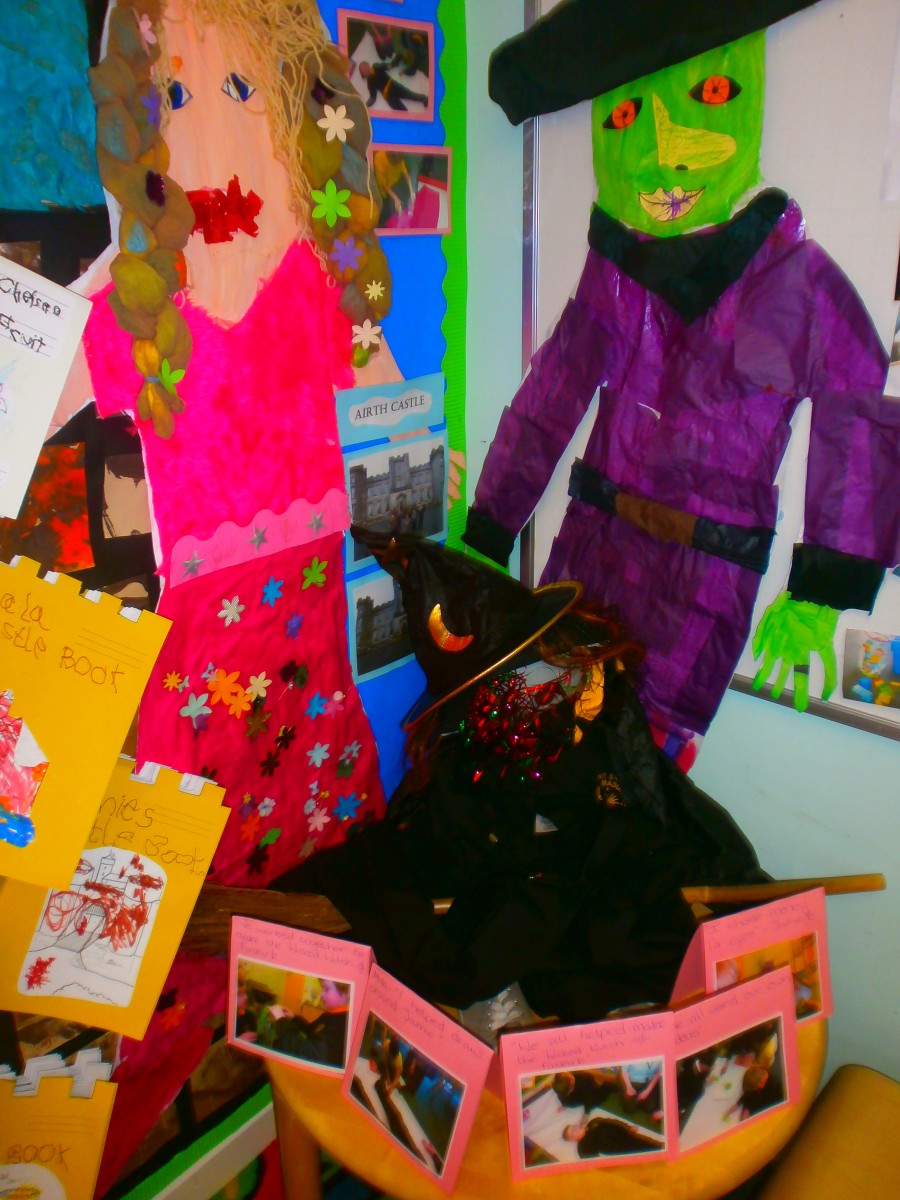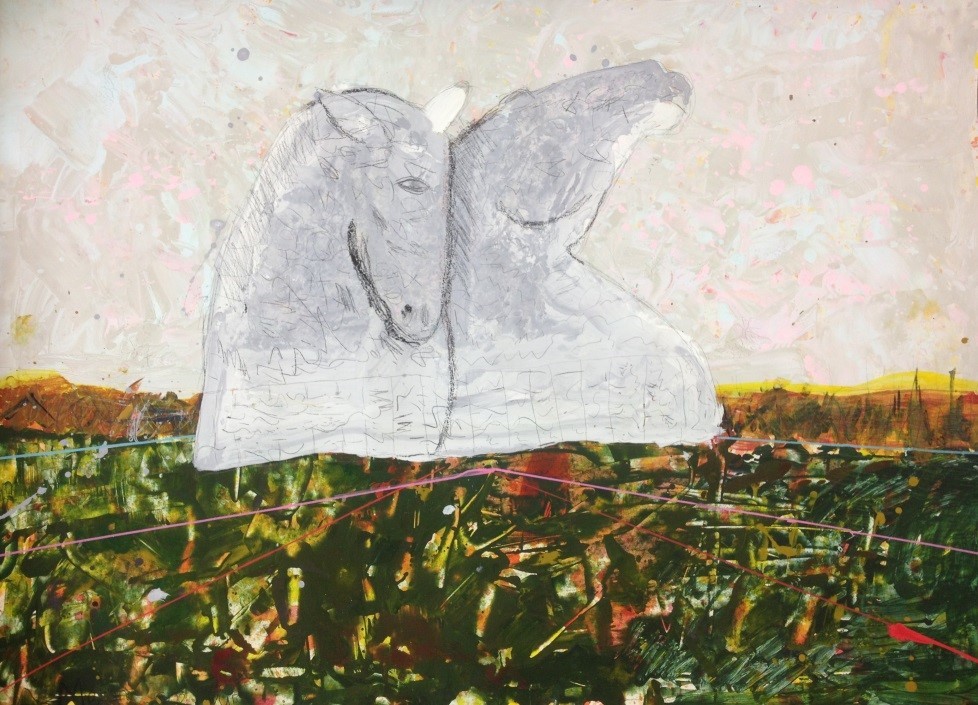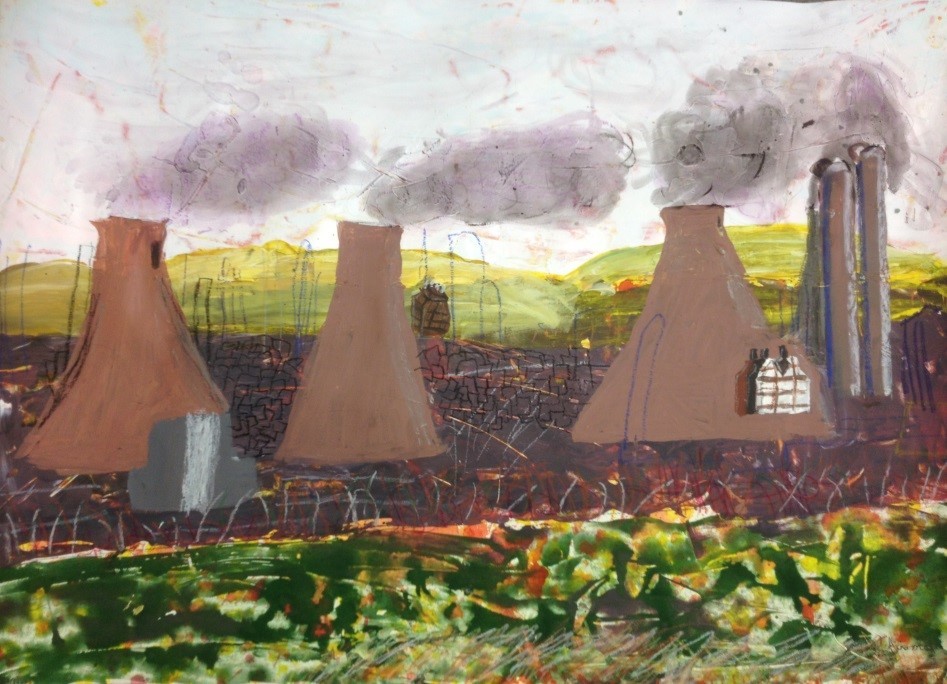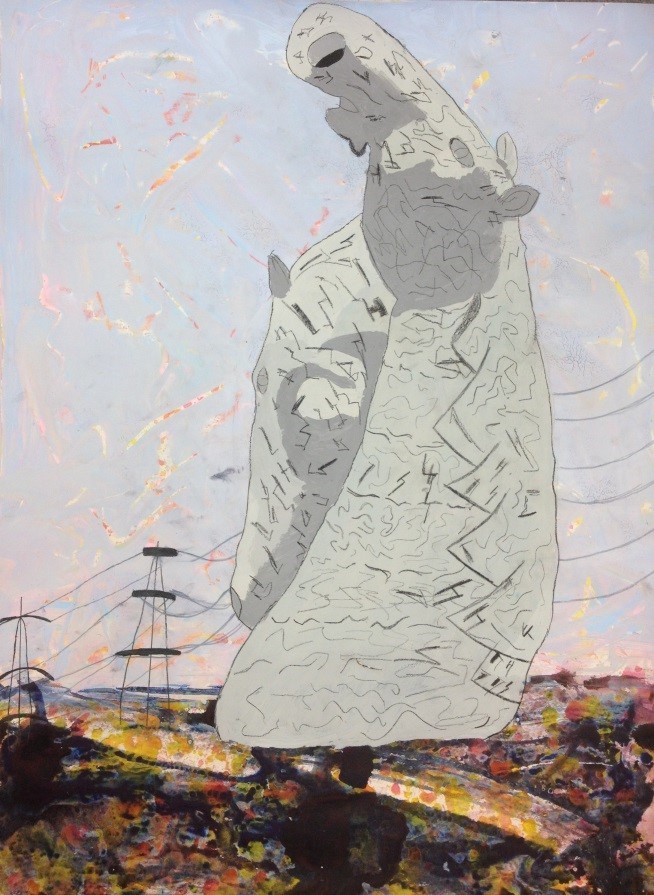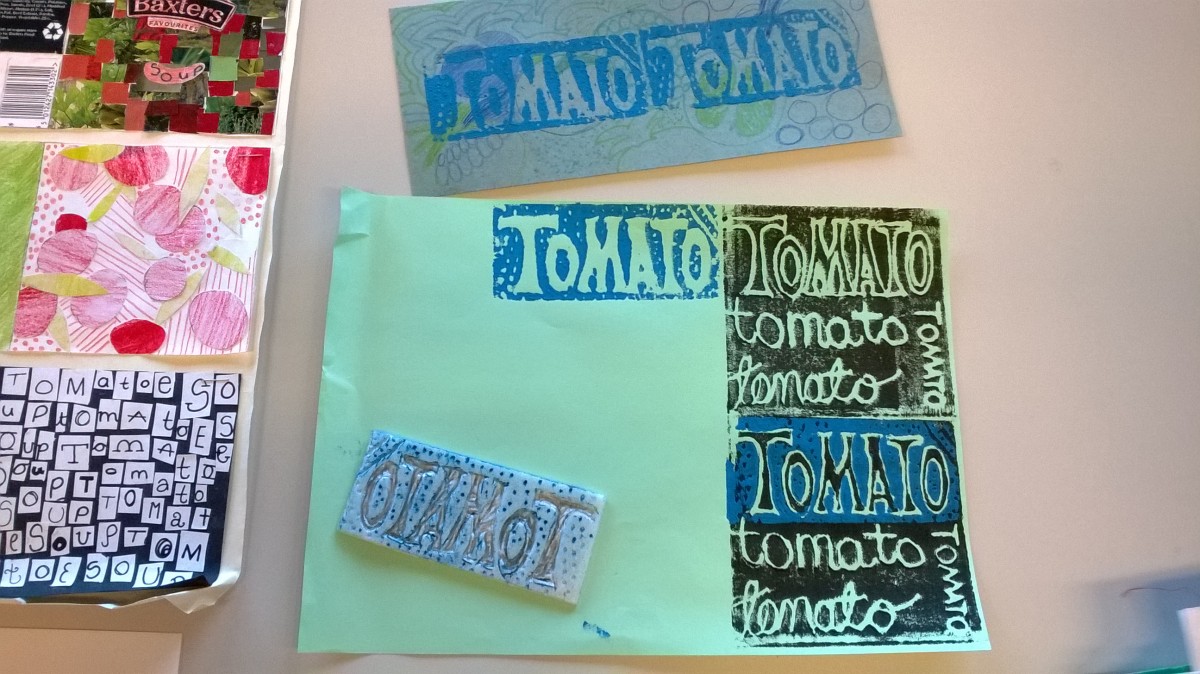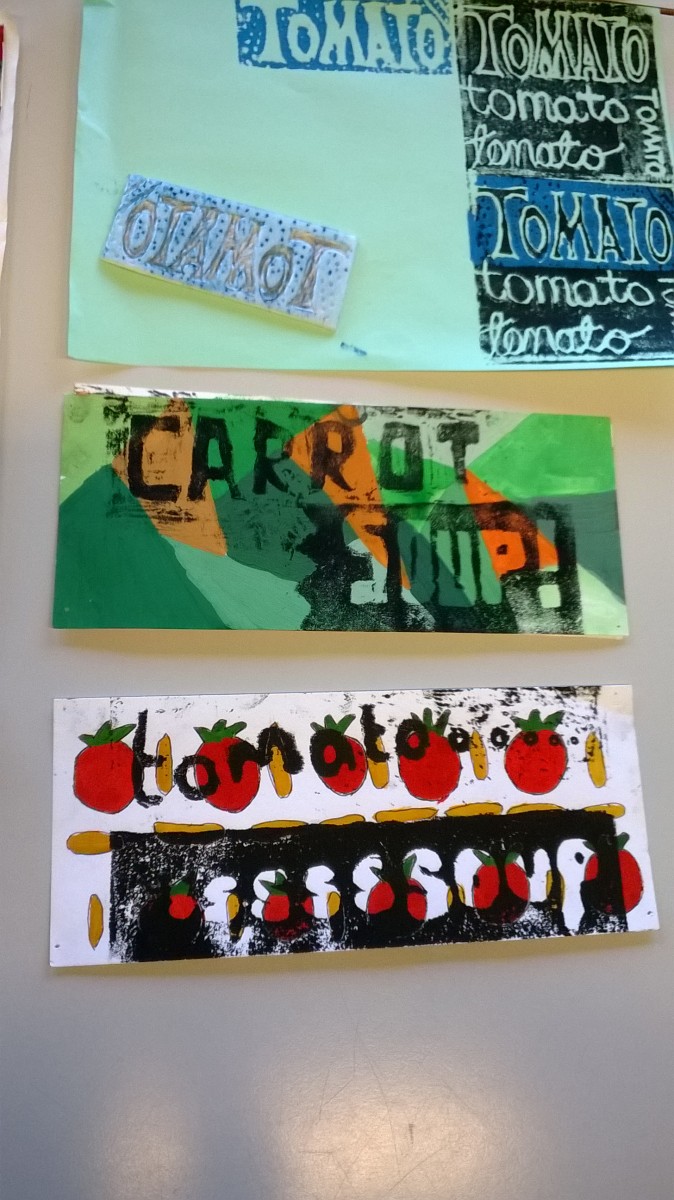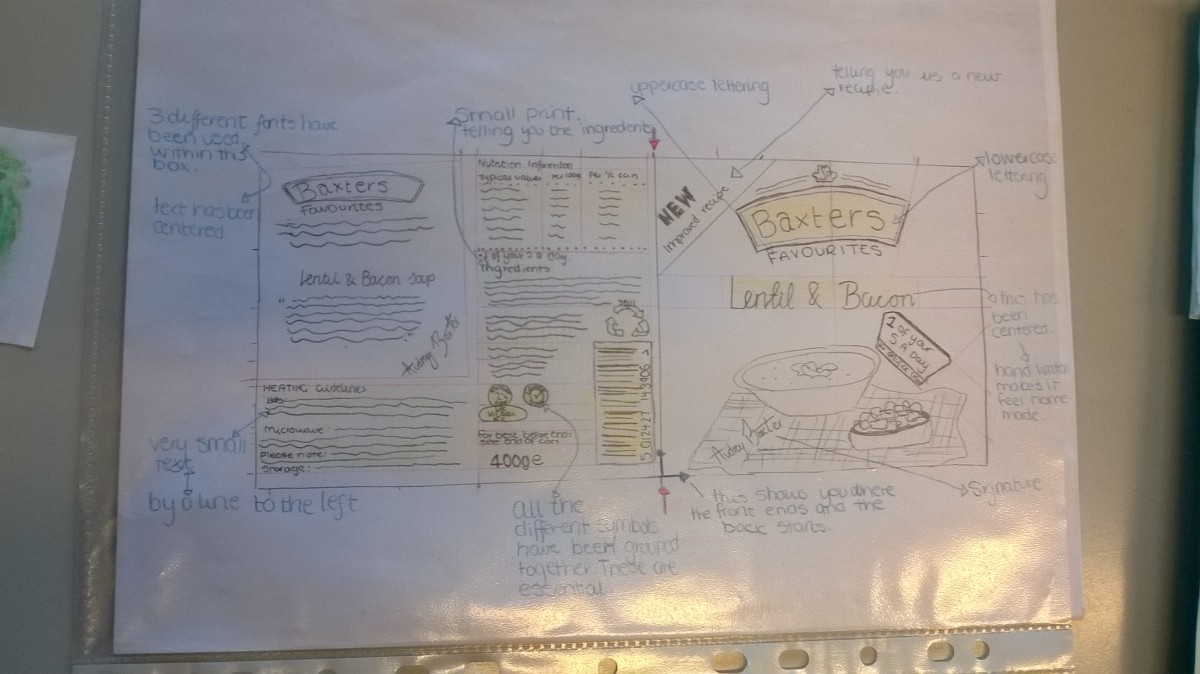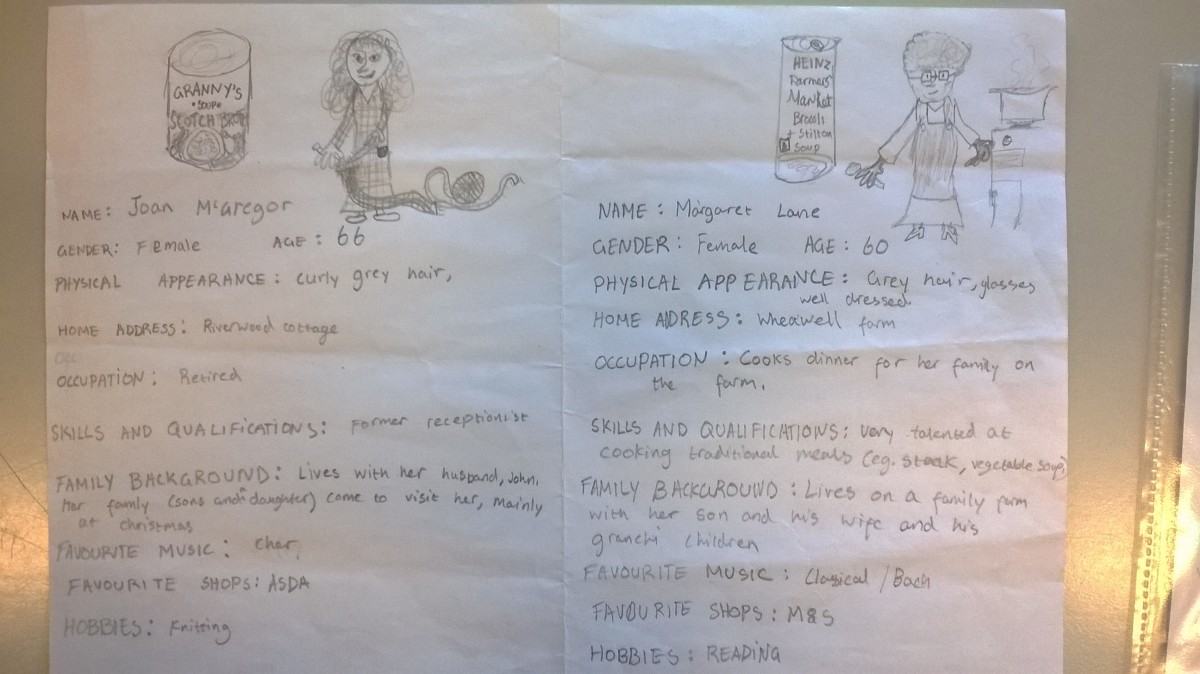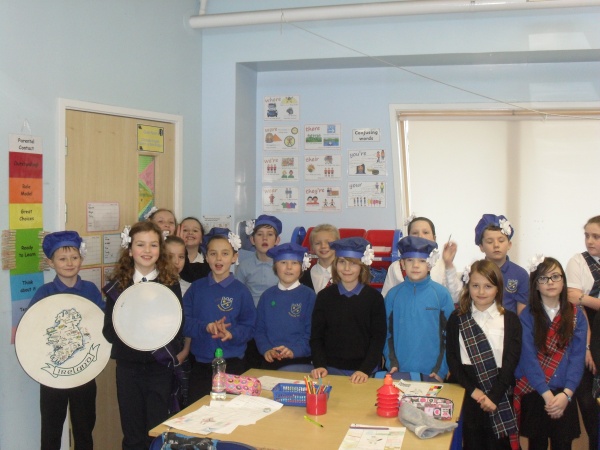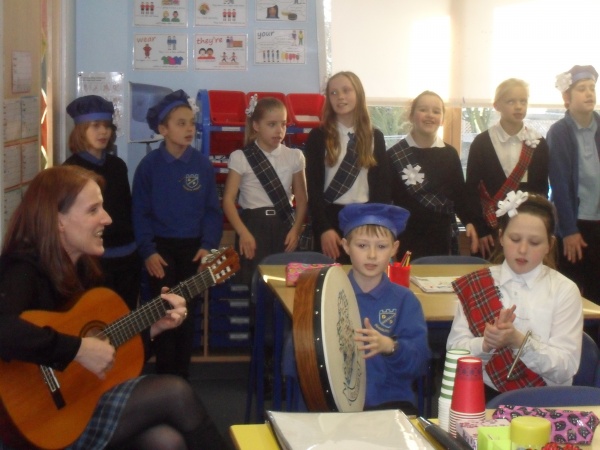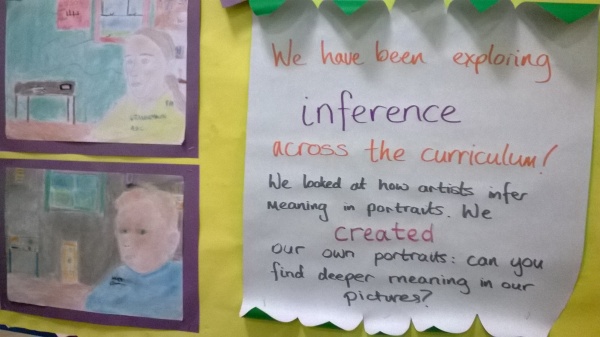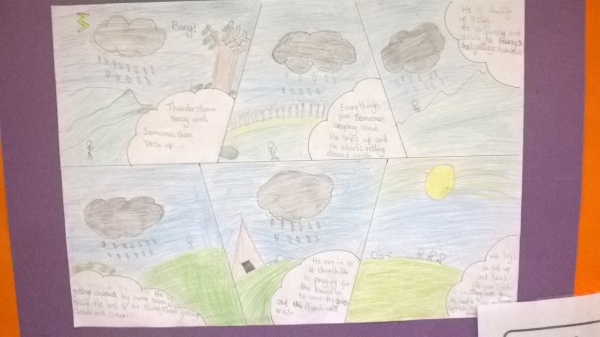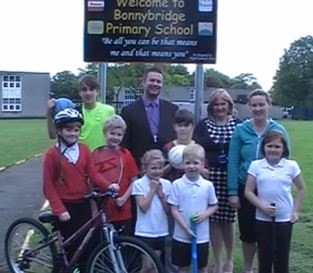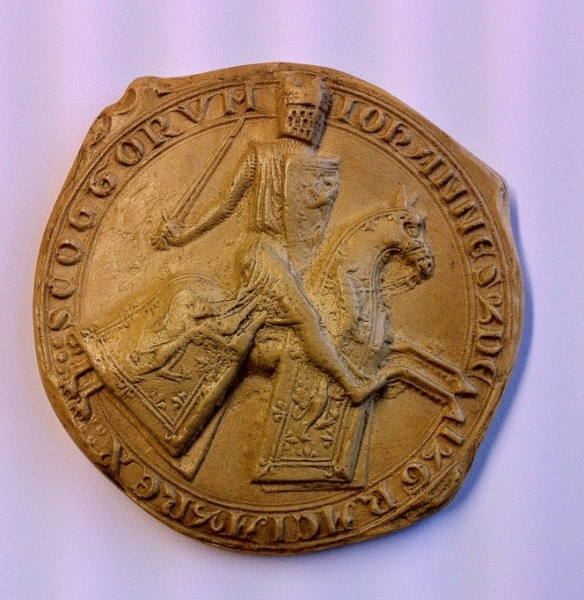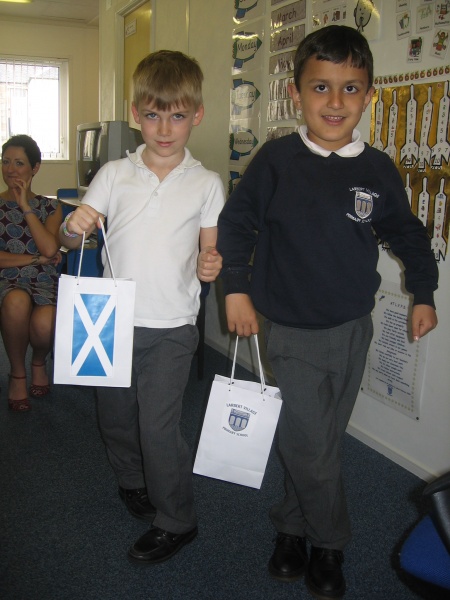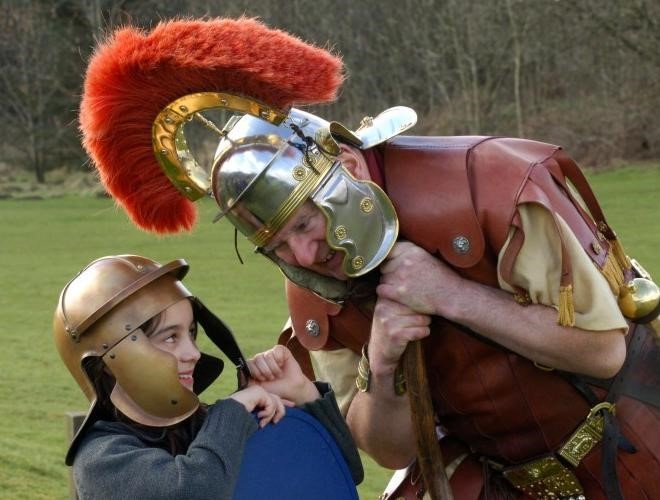 We are delighted to be able to offer practitioners in Falkirk schools and establishments some new professional learning linked to the Antonine Wall World Heritage Site. Patricia Weeks, Antonine Wall World Heritage Site Co-ordinator, Heritage Environment Scotland will lead this session and prepared the following information:
We are delighted to be able to offer practitioners in Falkirk schools and establishments some new professional learning linked to the Antonine Wall World Heritage Site. Patricia Weeks, Antonine Wall World Heritage Site Co-ordinator, Heritage Environment Scotland will lead this session and prepared the following information:
Find out more about how the Antonine Wall can help deliver outcomes and develop the capacities of Curriculum for Excellence in your classroom. The session approach will be cross-curricular, and will focus on what physical and digital resources are available to help you prepare and deliver a range of topics. It will cover: a short history of, and introduction to, the Antonine Wall; real and replica handling materials and how to use them; the new Antonine Wall website and how to make the most of the wealth of primary and secondary evidence it showcases; and how to use and access new digital resources in development such as a game and forthcoming site-based app. 
By the end of the session, participants will be able to:
Share information about the Antonine Wall with colleagues and pupils
Say how learning about the Antonine Wall could help them deliver elements of CfE
Create learning experiences based around the resources and support materials available
Participants will also receive a support pack on the day, with copies of teaching resources and promotional material to support future development of your own lessons.
The training takes place on 3rd March 2016, between 4-6pm, and is coded YMc26 in CPD Manager.

